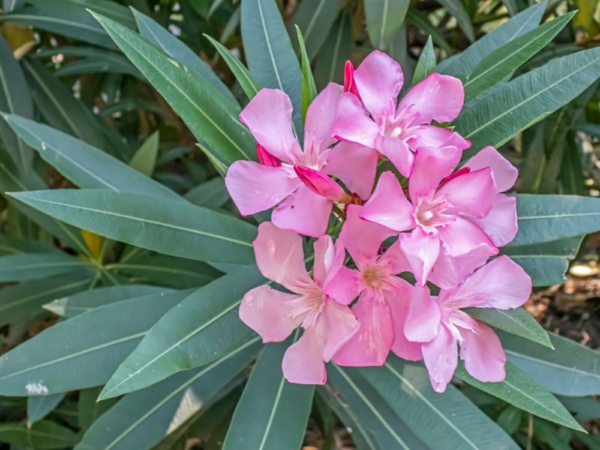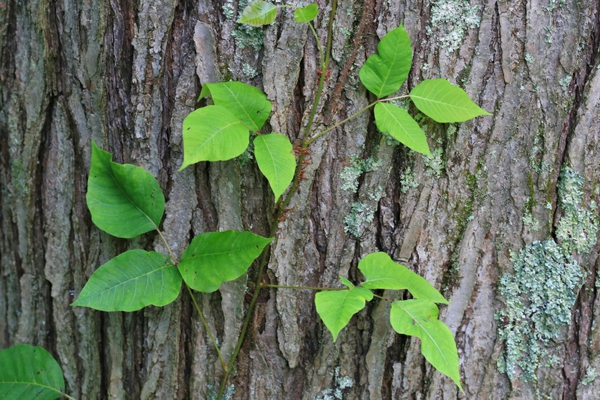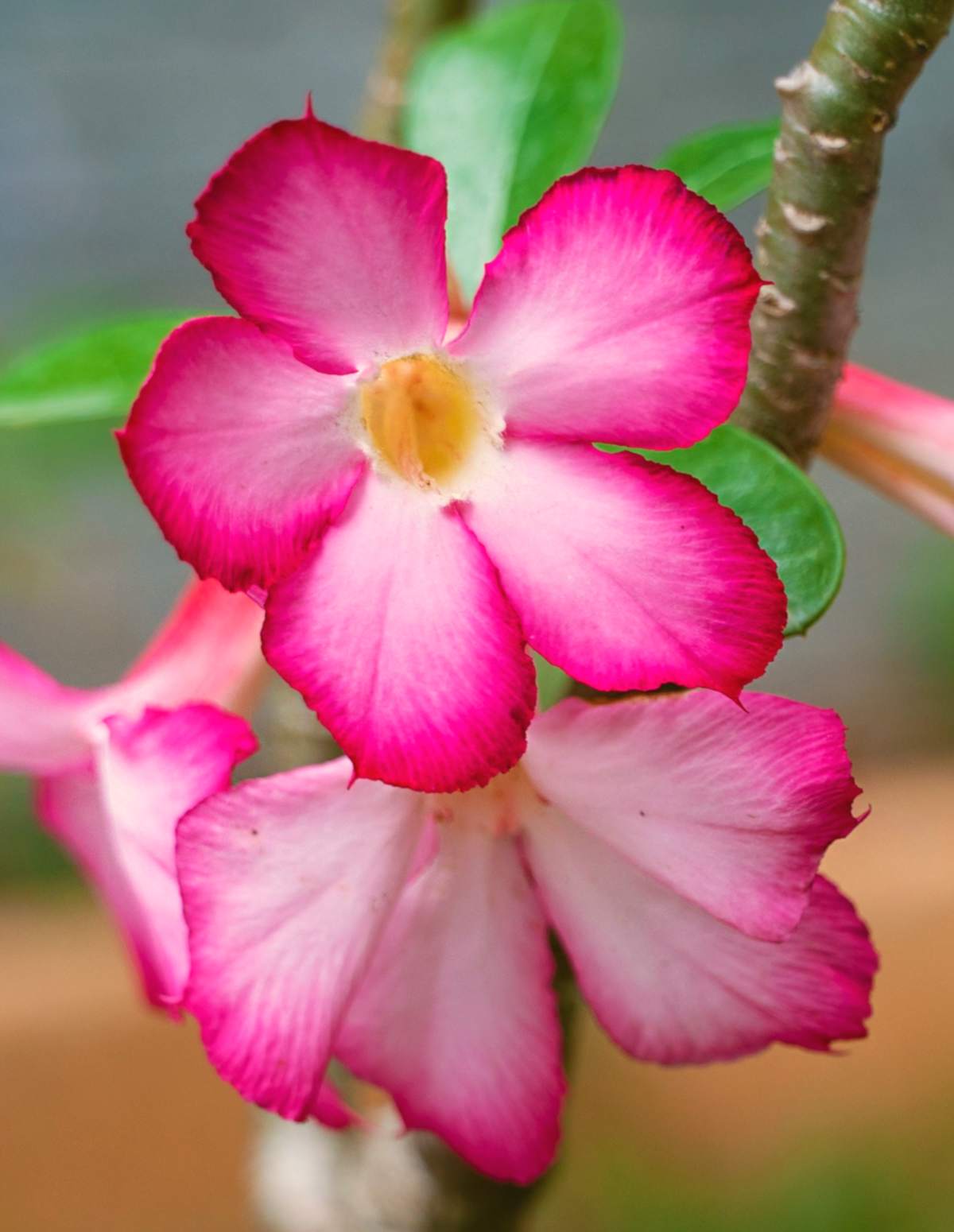June is the month when everything blooms and matures and the whole world seems to be in perfect order. Having done all the important tasks correctly in April and also in May, one impatiently awaits the fruits of one’s labor. All the flowers and bushes present us with their blooming splendor and attract the busy bees with sweet and aromatic scents. Have you ever thought about the law that the more extraordinary a flower is, the more likely it is to be poisonous? Our topic today is poisonous flowers in the garden. How do we recognize the poisonous flowers and why, despite their properties, are they important for successful garden design? How many poisonous perennials and bushes do you know and do life-threatening plants also have a use for us? We would like to deal with these important questions and seek and find the best answers for you.
Poisonous flowers in the garden – some beauty can still be enjoyed with caution
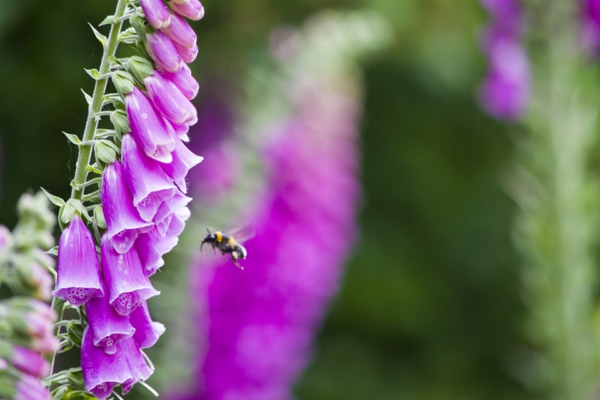
Learn to identify poisonous flowers in the garden and enjoy the summer carefree
There are many garden flowers that we are not familiar with but are so stunningly beautiful that you would never think they were poisonous. Many of these flowers beautify many gardens and just look unrealistically beautiful.
Poisonous flowers in the garden are used in tiny amounts in the crafting of medicines. The saying that “..the dose alone makes a thing not poison” probably originated in this context. Below we would like to list some garden flowers that are poisonous and can still be found in almost every garden or backyard.
Whether in the garden or at home, one should be well informed about all the dangers that are likely to arise with many plants
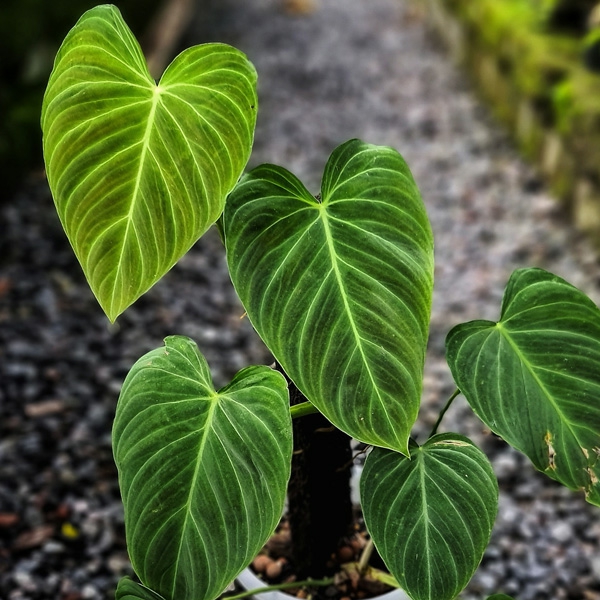
The more exotic and unusual a plant is, the more likely it is to be poisonous

Although the lily of the valley has long since faded in summer, you should know that it can be confused with wild garlic

Why are there poisonous flowers?
Many poisonous garden flowers pose a danger to pets and children. For several reasons, adults are less sensitive to poisonous plants. Of course, it always depends on which plant it is, because the deadly nightshade, for example, which we also know under the pretty name Bella Donna, is one of the most poisonous plants in the world. The poison protects important parts of the plant that are crucial for its reproduction.
Did you know that all parts of the hydrangea contain the toxin cyanide?
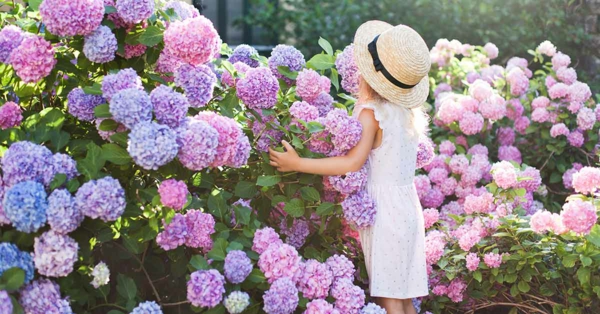
hydrangea
The hydrangea is easy to care for, blooms wonderfully all summer long and is a popular choice for garden flowers for front gardens, courtyards or allotment gardens. Even if the eye is honestly pleased with these flowers, you should learn everything about this plant. Small dogs or cats should not approach this beauty. The same applies to small children who always want to explore and discover everything. All parts of plants contain cyanide, which is a fast-acting poison.
Especially when you pick flowers, you should have the skin and mucous membranes well covered
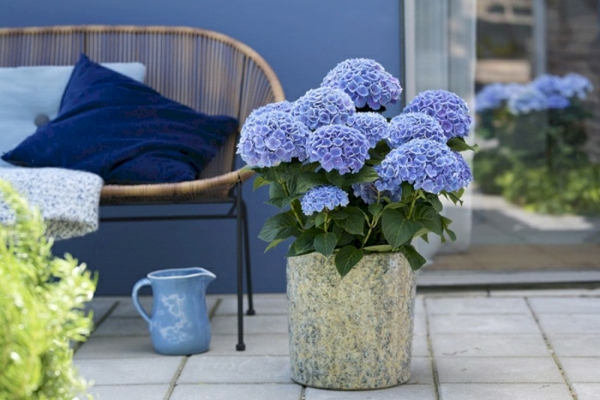
lily of the valley
The delicate white flowers of the lily of the valley love the shade and the spring months. But behind the virgin beauty hides dark secrets. We again warn parents and pet owners to take good care of their children and pets in the garden. Lily of the valley can be confused with wild garlic. Except for the fact that they are externally similar, both give off a garlic odor that can be particularly confusing to non-animal animals.
We all love flowers, but sometimes it’s a good idea to do some research first

aconite
The alarm bells are ringing very high here. Monkshood is well known as a poisonous garden plant. Although the plant is considered a traditional ornamental and medicinal plant, it is better to keep your fingers away from it. Even in small amounts, the toxin is deadly. In the vicinity of the plant one should protect one’s body and especially the mucous membranes.
As if created from the finest silk, monkshood is one of the life-threatening, poisonous flowers in the garden
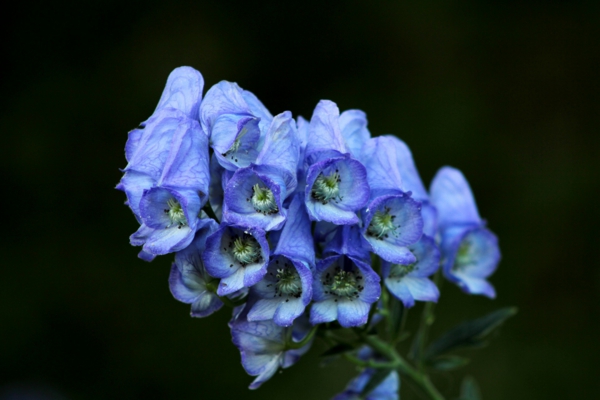
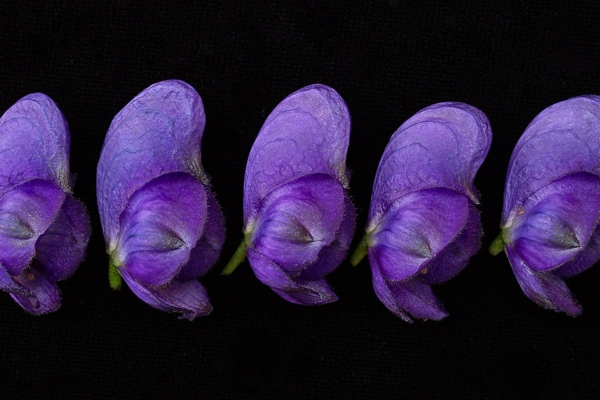
angel trumpet
There are many stories about the angel’s trumpet and all of them are cautionary tales. All parts of the plant are highly toxic and lead to severe sensory disturbances. Enjoy the beauty of the plant in the garden or in the park and be very careful!
The angel’s trumpet – a magnificent, but very dangerous beauty that adorns many city gardens and parks

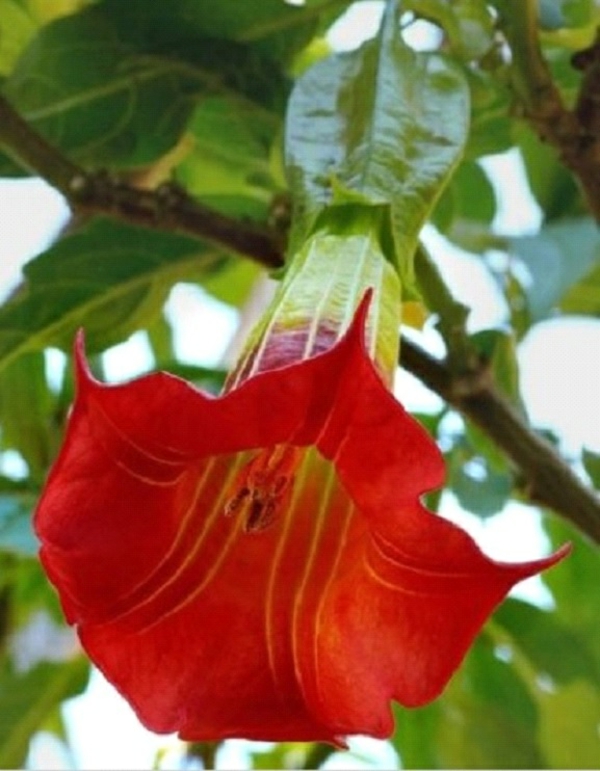
elephant ear
A plant to admire. Special care is also required with the elephant ear. Even if the poison of the plant is not considered life-threatening, you should definitely have a doctor examine a child or animal that swallows parts of the plant.
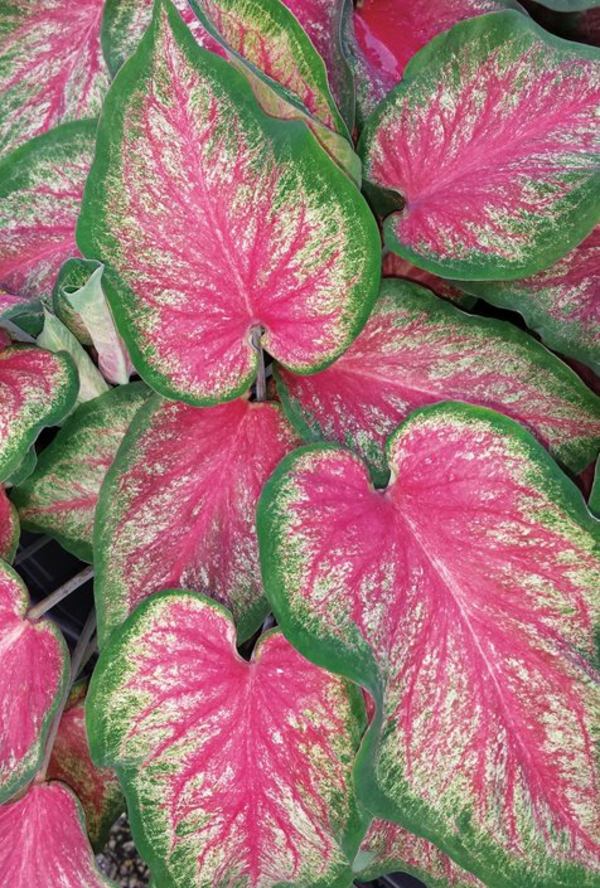

poison ivy
Even if the name of this plant sounds dangerous, it cannot be classified as life-threatening. Skin contact with the plant can cause an allergic reaction and an immediate rash.
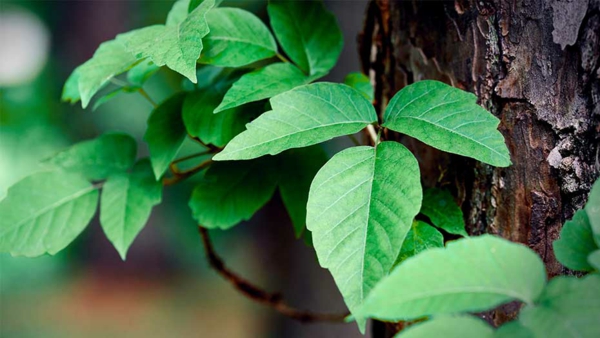
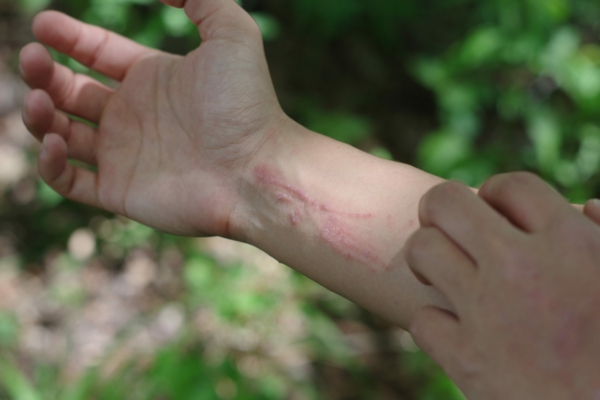
rhododendron
Even with rhododendrons, allergic reactions cannot be ruled out. Again, the skin and mucous membranes are the weak points through which the toxic substances penetrate. Itching, redness, but also nausea are possible reactions in humans and animals.

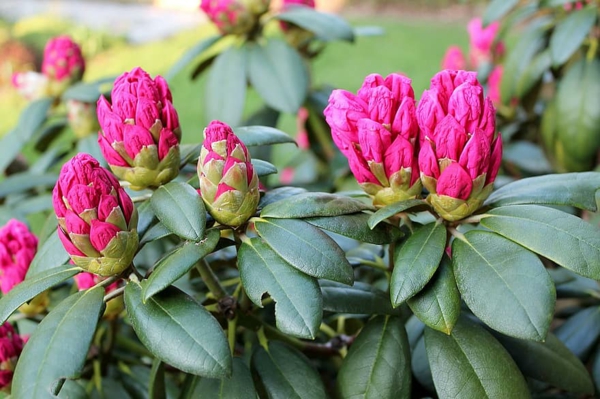
desert rose
Even if the desert rose magically attracts you with its magnificent flowers, you should treat this plant with caution. The plant’s milky sap is particularly toxic, and it escapes immediately if you injure the desert rose.
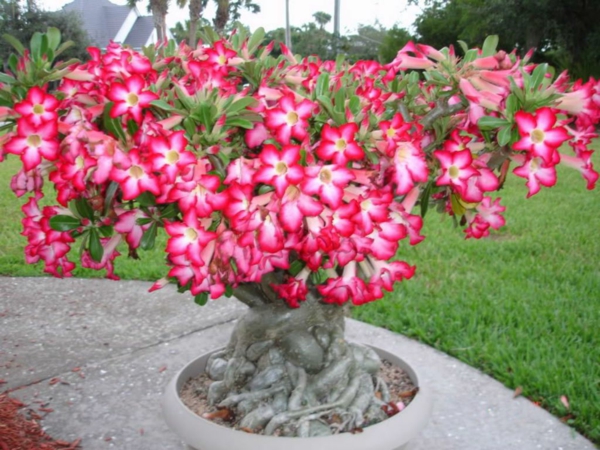
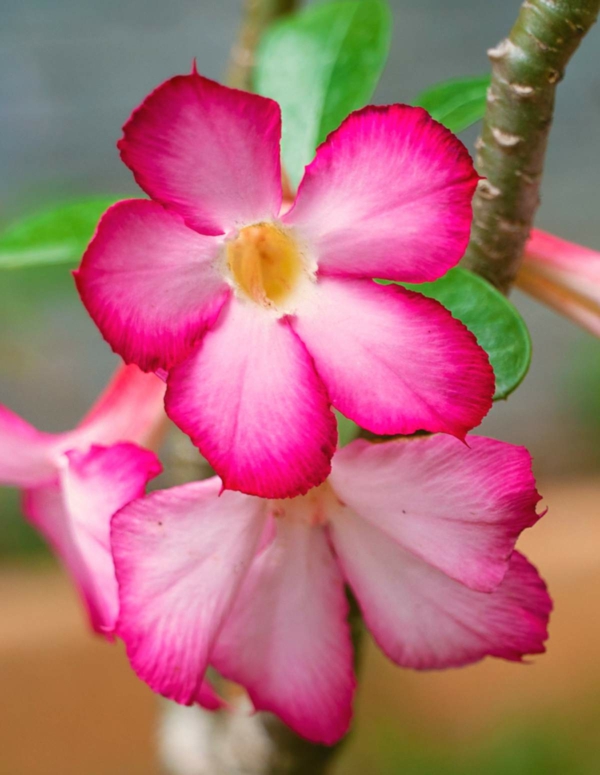
deadly nightshade
Known as bella donna, deadly deadly nightshade is a very poisonous plant. The berries in particular invite you to eat them and they don’t even taste bitter. Eating 3-4 berries can be deadly.
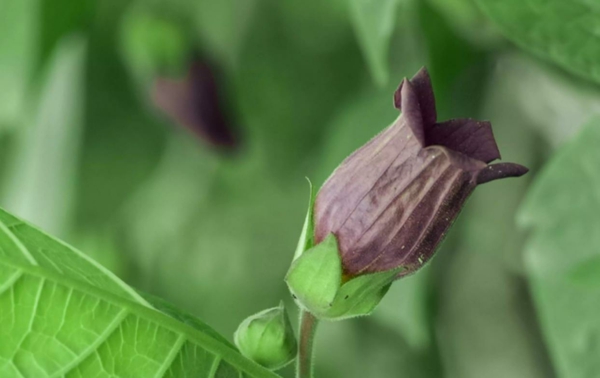

Philodendron
You should also be careful with the philodendron and make sure that the plant does not get injured. Again, the leaking milk is the toxic substance.

rose laurel
Leaves and fruits contain substances that can endanger our health. Please always approach the plant well informed and protected.

